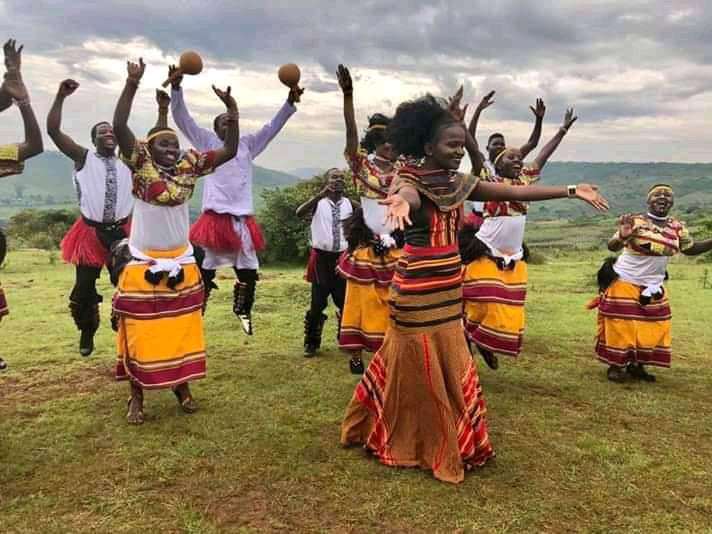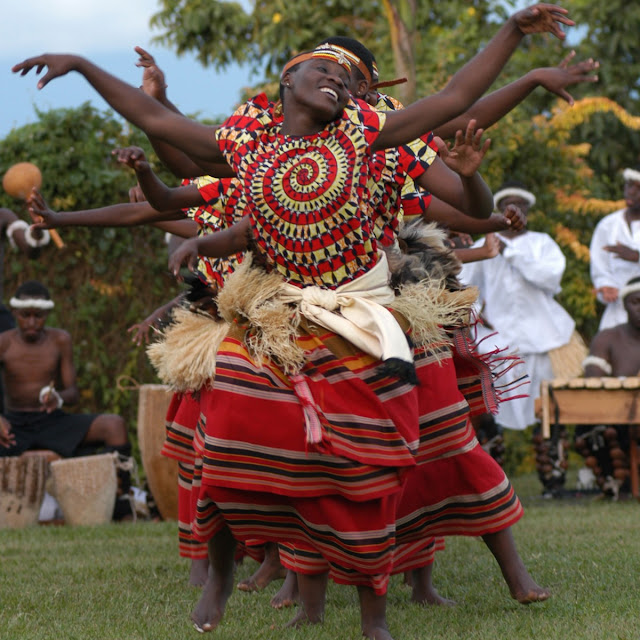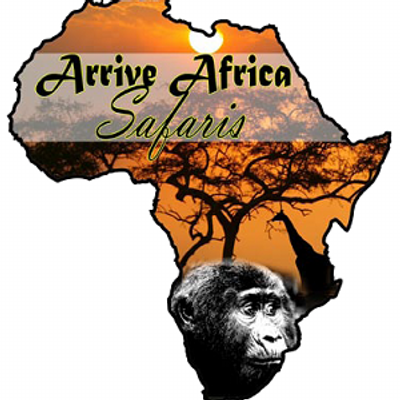Exploring the Monarchy, Music, Dance, Cuisine, and Crafts of Uganda's Largest Ethnic Group
The Baganda people are the largest ethnic group in Uganda, making up around 16% of the population. They occupy the central region of Uganda, including the capital city of Kampala. The Baganda culture is known for its rich and diverse traditions that have been passed down from generation to generation.
The Baganda are a Bantu-speaking ethnic group native to the Buganda Kingdom, which is located in present-day Uganda. The history of the Baganda dates back to the 14th century, when a group of people migrated to the area and established the Buganda Kingdom.
The kingdom was ruled by a king known as the Kabaka, who was considered to be a semi-divine figure. Under the leadership of the Kabaka, the Baganda developed a complex political system that included a hierarchical system of chiefs and clans.
The Baganda were also known for their agricultural prowess, particularly in the cultivation of bananas, which were a staple food in the region. They traded with neighboring kingdoms and also developed a sophisticated system of crafts and arts, including basket weaving, pottery, and woodcarving.
In the late 19th century, the Baganda Kingdom was colonized by the British, who ruled the region until Uganda gained independence in 1962. Despite this, the Baganda maintained their cultural traditions and continue to play an important role in the social and political life of Uganda today.
One of the most prominent aspects of Baganda culture is its monarchy. The Baganda kingdom, also known as Buganda, has existed since the 14th century and is one of the oldest kingdoms in East Africa. The king, or Kabaka, is considered a symbolic and spiritual leader of the Baganda people, and his role is highly respected and revered.
Music and dance are also an important part of Baganda culture. The traditional music of the Baganda people is characterized by the use of drums, harps, flutes, and other instruments. The most famous Baganda dance is the “Gombe,” which is performed during weddings, cultural festivals, and other special occasions. The dance is a rhythmic and energetic performance, with dancers wearing colorful costumes and waving long strips of cloth as they move.
Another significant aspect of Baganda culture is its cuisine. The Baganda people enjoy a diverse range of foods, with a focus on fresh and locally sourced ingredients. Some of the popular dishes include “Matooke,” a type of steamed banana, and “Luombo,” a stew made with peanut sauce and meat.
The Baganda people also have a rich tradition of crafts, with skilled artisans producing a range of items, including baskets, pottery, and wood carvings. These crafts are often sold at local markets and used to decorate homes and public spaces.
Overall, Baganda culture is a vibrant and dynamic expression of the people who have lived in the region for centuries. Its traditions and customs continue to play an important role in the daily lives of the Baganda people, while also contributing to the rich cultural tapestry of Uganda.
